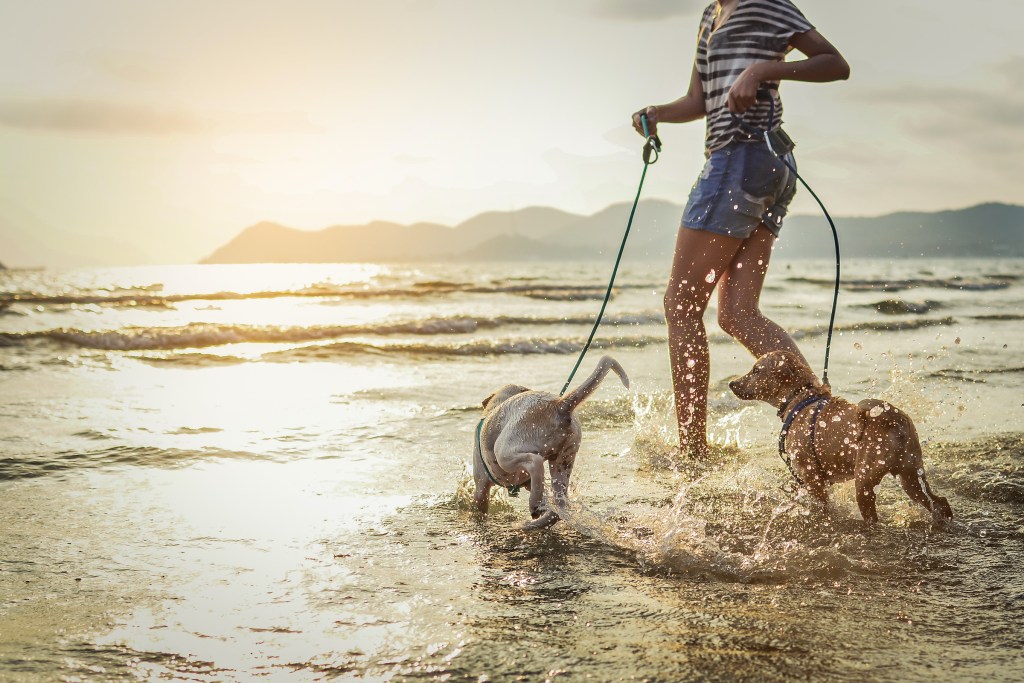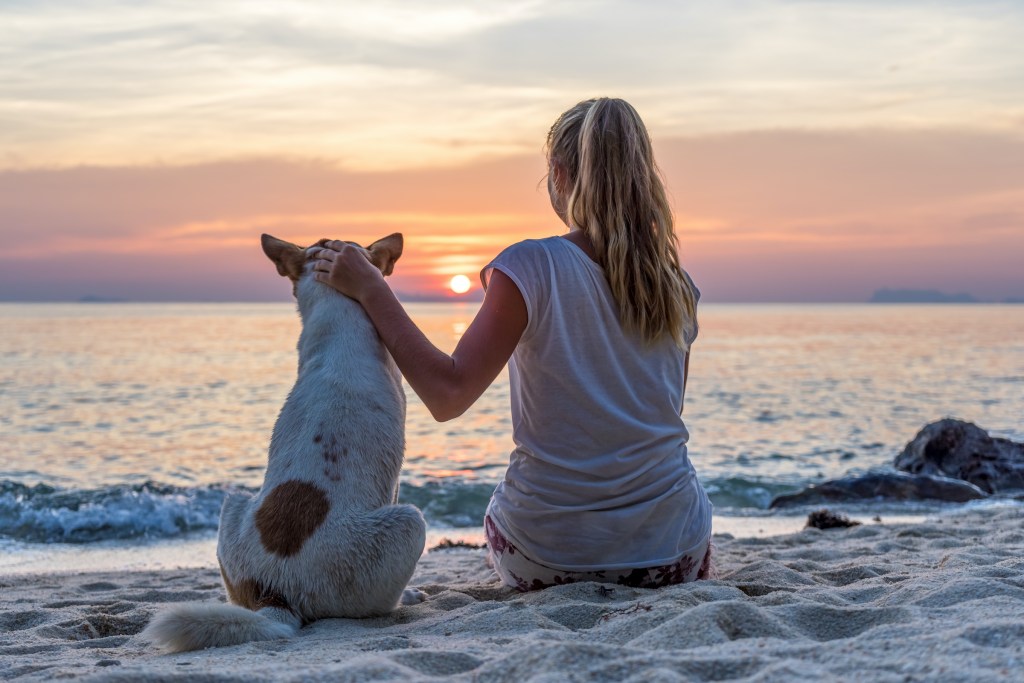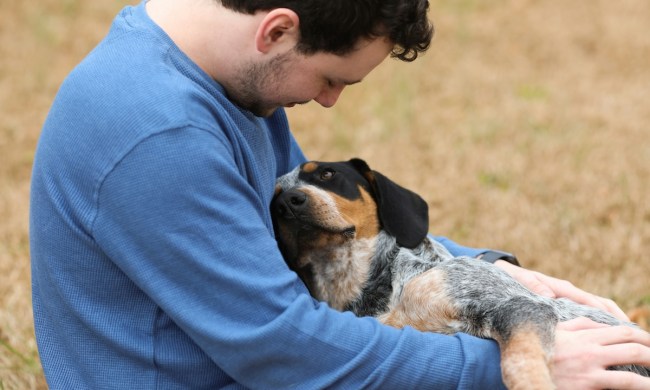Though winter may be the season of snowflakes, hot cocoa, and sub-zero temperatures, this isn’t always the case in Florida. Luckily, this popular winter destination is filled with dog-friendly places of all kinds, so you and your pup can enjoy a milder winter whether you’re a local or on vacation.
These dog-friendly places in Florida are perfect for an outing with your furry friend this winter, no matter what type of activity you’re looking for. There are hikes, beaches, and tons of different landscapes to explore — how will you ever pick? Make sure to double-check all of the pet and leash rules before you go somewhere new. Even though these places welcome pets, some may have stricter rules than others. It’s always better to air on the side of caution, don’t you think?
Check out these really cool dog-friendly spots in Florida:
St. Pete Beach
This resort city in northwestern Florida is a great destination for everyone in your pack — whether human or canine — to take a well-deserved vacation. With plenty of dog-friendly beaches where you can roam, splash, or even surf, your furry friend will get plenty of winter beach action while you’re enjoying the sunshine.
While you’re there, why not stay? If you’re looking for a dose of luxury, you can visit or stay at the historical Don CeSar, aka the pink palace. They invite you to bring your pup along for custom walking routes, pet-friendly tips, and more surprises.

Paw Playground, Ft. De Soto Park
This place has gone to the dogs! Paw Playground is more than a dog park; it’s a year-round, off-leash doggo heaven, complete with dog showers and water fountains to keep everyone clean, cool, and hydrated. There are separate fenced areas for small dogs and large dogs, so you don’t have to worry about your buddy getting into too much trouble off-leash.
BringFido reviews note lots of furry friends for pups to play with, as well as tons of space to run, rest, and sunbathe. Make sure to visit early in the day if your dog isn’t a fan of other canines, as this is the only spot in the park where dogs can be off-leash. Be prepared for a crowd, no matter the time of year!
Torreya State Park
This hiking, picnicking, and bird watching paradise is also a fantastic place to take a stroll — or hike — with your furry friend. You’ll love experiencing a different kind of scenery at Torreya State Park: over 100 bird species to watch out for, sweeping panoramic views of the Apalachicola River, and dozens of unique plant species, including the Torreya tree for which the park is named.
Dogs are allowed in most areas of the park (don’t take your furry friend off-trail, of course) as long as they’re on a 6-foot leash. They’re more than welcome to stay with you at one of the park’s campgrounds, too, so make sure to plan accordingly.
Miami Beach
The nation’s southernmost city is also one of the nation’s most pet-friendly cities. With tons of hotels and rentals that will accommodate your fur baby, both you and your dog can enjoy the beach vibes in style. Miami and Beaches recommends Kimpton Surfcomber, Miami, South Beach, and Kimpton Angler’s South Beach for travelers with pets.
There are a number of outdoor restaurants that will seat both two-legged and four-legged patrons, but Shake Shack boasts their own menu especially for dogs. Surely that will hit the spot after a long day at one of Miami’s many beach parks. In addition, several of Miami’s most famed shopping districts are outdoors and dog-friendly, which means your buddy won’t miss out on any of the action.

Lake Kissimmee State Park
Whether you and your pup want to enjoy a hike, some local wildlife (including turkeys, deer, eagles, and bobcats), or Florida’s cowboy culture, this state park is the place to go. You’ll have 13 miles of trails to choose from, as well as many shaded picnic areas to rest along the way.
If you decide to stay and camp here, make sure to stay up late for some stargazing. Your pup will need to be leashed and with you at all times, but they’ll love the trip regardless. There’s a lot to see at this park!
Florida is perfect for pups
Beaches, forests, rivers, dog parks — there’s something for every tail-wagger in Florida! No matter where you find yourself this winter you can rest assured knowing that there’s gorgeous weather and vacation-level destinations waiting for you. Winter who?



